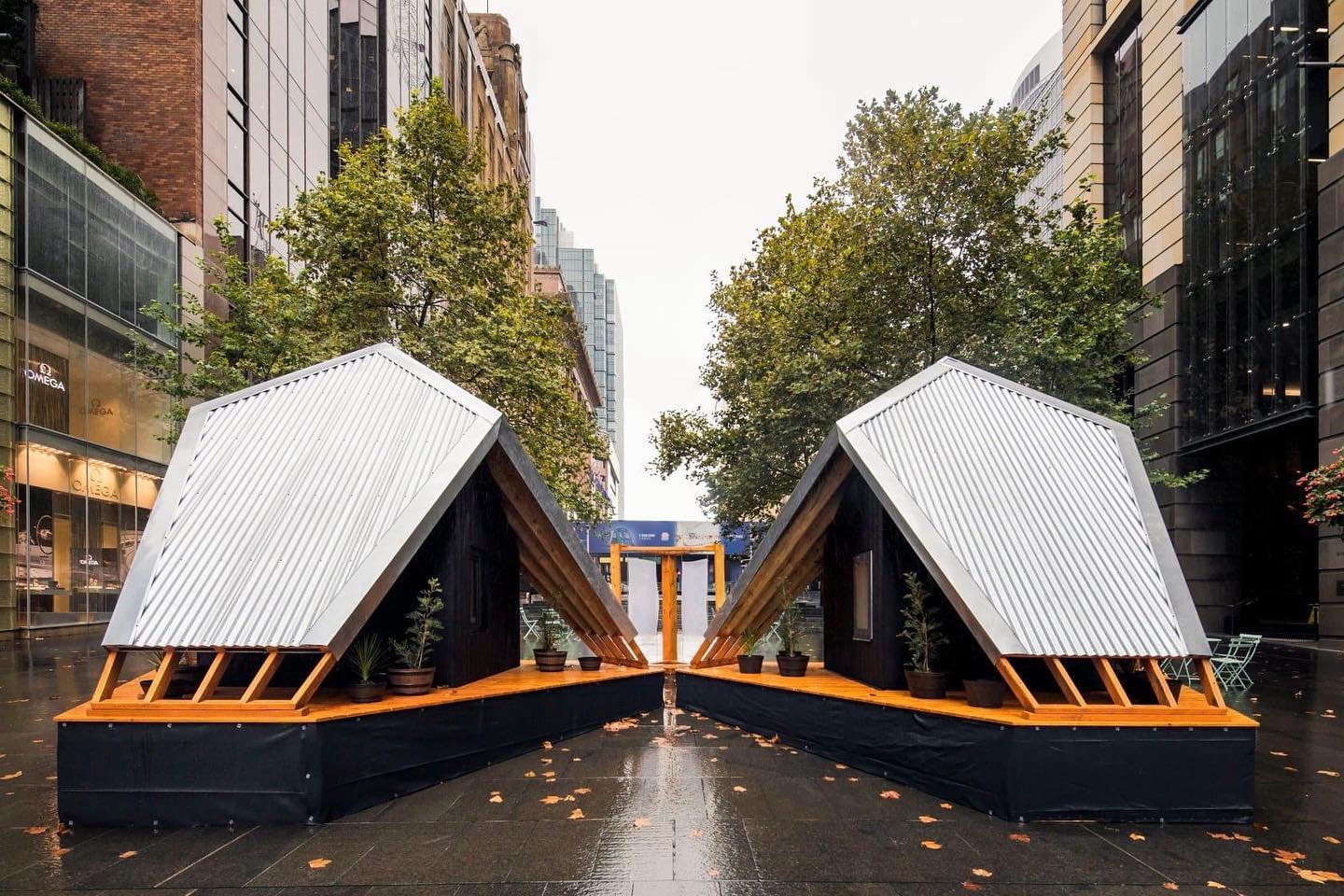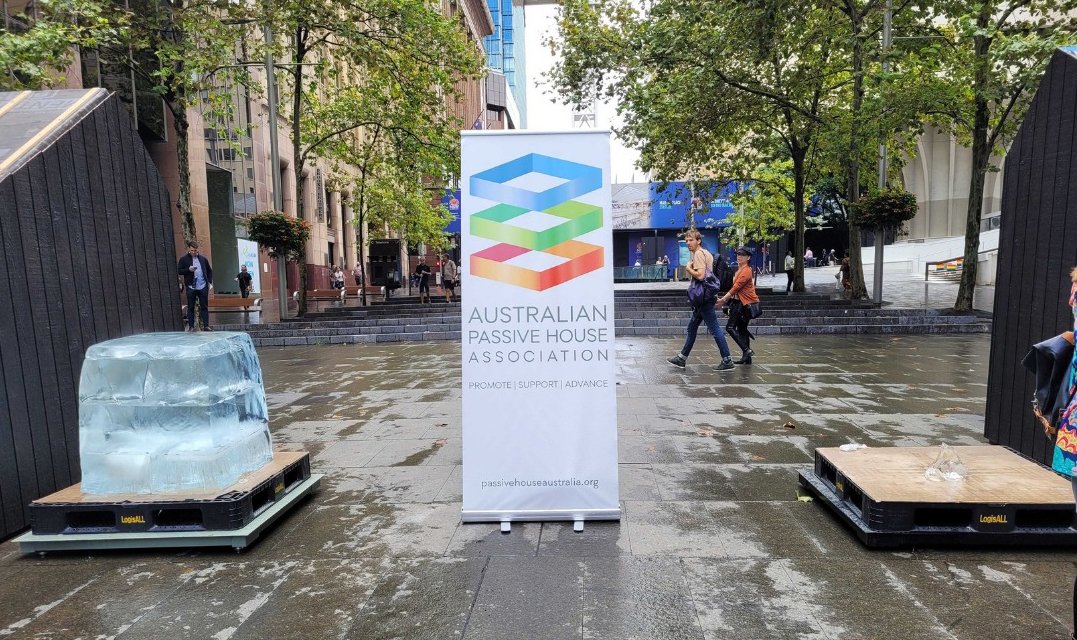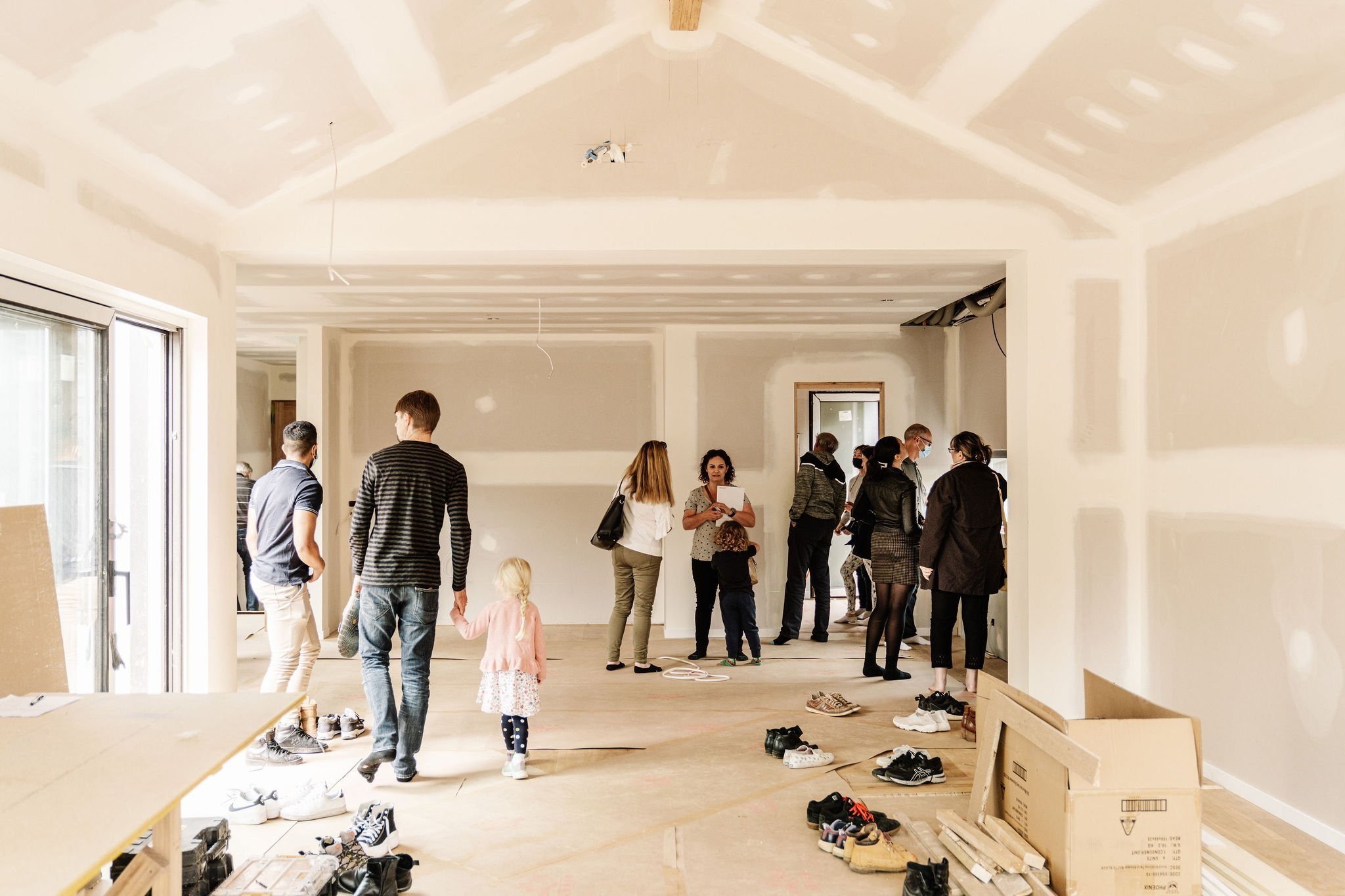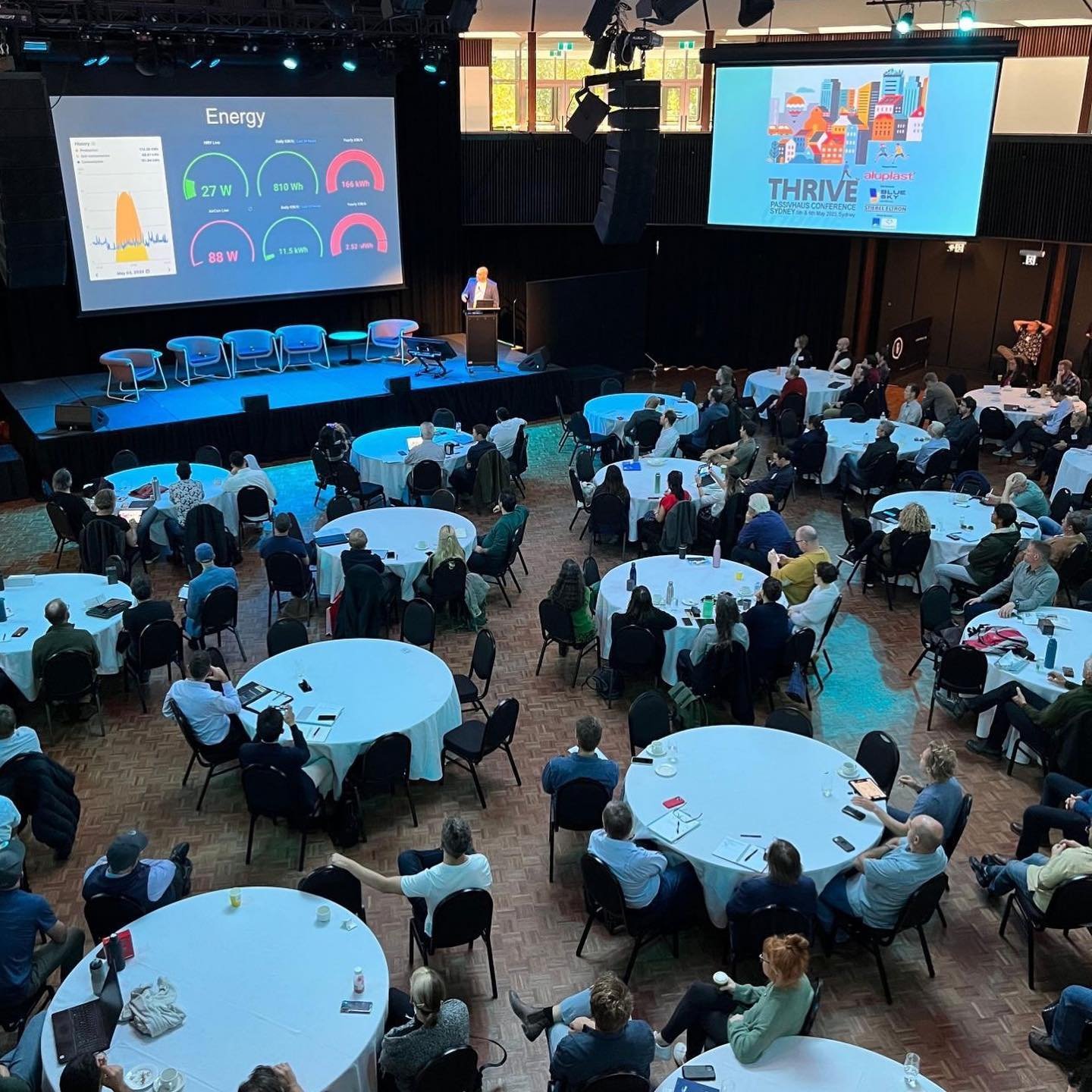Australian Passivhaus Association
For the past decade, the Australian Passivhaus Association has advocated for the adoption of passivhaus principles in the building design and construction industry. We spoke with CEO Alexia Lidas about the opportunities passivhaus can bring to the built environment sector.
Although it has been widely practised internationally, passivhaus is still emerging in Australia. What are the barriers to adoption?
Several factors hinder the widespread adoption of passivhaus in Australia. These barriers include:
Leadership: Moving anything forward and increasing impact takes leadership.
Lack of awareness: Many stakeholders in the construction industry, including architects, builders, and homeowners, lack full awareness of the benefits of Passivhaus.
Cost: There is a perception/myth that building to passivhaus standards may result in higher upfront costs, leading to reluctance from developers and homeowners.
Skills and training: There is a significant need for specialized skills and training in Passivhaus design and construction, which are not widely available at a scale across the industry.
How can the industry to boost its progress?
To accelerate the adoption of passivhaus in Australia, we need to develop a robust ecosystem that not only includes construction industry support but also support from government bodies, financial institutions, and consumer advocacy groups.
Become an influencer: Become a member and join our advocacy movement for better, healthier, more resilient buildings in Australia.
Education: Educate yourself and your team, so they can be empowered with the knowledge building physics to help increase the performance of Australian building stock.
Celebrate successful projects: Share your passivhaus projects with us, and your network to celebrate the building standard in real life.

Ice Box Challenge, Sydney 2022

Results of Ice Box Challenge | Left: Passivhaus certified construction | Right: Standard construction
Why is it essential to go beyond minimum construction standards and how can Passivhaus design principles benefit both the planet and end users?
Minimum standards often focus solely on meeting basic safety and health requirements, neglecting factors like energy efficiency, indoor air quality, and long-term sustainability. Many case studies have been published to showcase Australian houses that are so cold that they are unsafe in winter, and Australian house construction practices have not evolved significantly in the last few decades. Many construction professionals widely accept that we build houses just one step above illegal standards. Many in the West compare Australian houses to glorified tents. A study has shown that the poor quality of our housing is behind many preventable deaths from the cold in Australia.
By surpassing these minimums, we can create buildings that not only provide a safe and healthy environment but also significantly reduce their ecological footprint and energy consumption.
Passivhaus design principles offer a powerful solution to achieve these goals. By prioritizing high levels of insulation, airtightness, efficient ventilation, and thermal bridge-free construction, Passivhaus buildings drastically reduce their energy demands by up to 90%. This not only leads to substantial cost savings for occupants but also contributes to mitigating climate change by lowering greenhouse gas emissions. Additionally, Passivhaus buildings promote superior indoor air quality, comfortable living conditions, and enhanced thermal comfort, enhancing the well-being and productivity of the end users. Embracing passivhaus principles is a crucial step towards creating sustainable, environmentally friendly buildings that benefit both the planet and those who inhabit them.
We’re in a cost-of-living crisis. How can passivhaus principles lower energy costs?
Passivhaus principles can play a crucial role in addressing the cost-of-living crisis by significantly lowering energy costs for homeowners and occupants. Passivhaus buildings are designed and constructed with a focus on energy efficiency, utilizing high levels of insulation, airtightness, and efficient ventilation systems. These features minimize heat loss and gain, ensuring that the indoor temperature remains stable and comfortable throughout the year without relying heavily on heating or cooling systems. As a result, Passivhaus buildings consume far less energy for heating, cooling, and overall operations, leading to substantial cost savings on utility bills. By embracing Passivhaus principles, individuals and families can alleviate the burden of high energy expenses and experience more affordable and sustainable living.
By promoting cleaner, healthier indoor spaces it enhances the overall well-being and health of the building's occupants, leading to potential savings in medical costs as well. Passivhaus helps prevent and reduce the risk of respiratory diseases such as hay fever, asthma, and other breathing-related illnesses. Additionally, the meticulous attention to insulation and airtightness minimizes the infiltration of outdoor pollutants and allergens, creating a healthier living environment for occupants. Moreover, Passivhaus construction's focus on moisture control helps prevent mould growth, reducing the risk of mould-related health issues.
What’s next for the Australian Passivhaus Association?
Overall, our vision for the Australian Passivhaus Association involves a holistic approach to driving the adoption of Passivhaus principles, ensuring a more sustainable, energy-efficient, and comfortable built environment for Australians.
The key focus areas for the next three to five years that we are working on are as follows:
Advocacy and policy influence: We plan to strengthen our advocacy efforts to influence building codes and regulations. By collaborating with relevant authorities and policymakers, we aspire to have Passivhaus principles integrated into local and national building standards. This would help create a more conducive environment for energy-efficient construction and design practices.
Accelerate the consumer awareness programme: One of our primary goals is to continue expanding awareness about the benefits of passivhaus across Australia. This involves reaching out to a wider audience, including professionals in the construction and design industry, policymakers, and the general public. We aim to educate and inform about the positive impact that passivhaus construction can have on energy efficiency, comfort, and sustainability.
Training and education: In line with our commitment to raising awareness, we're looking to expand our training and education programs. This includes organizing workshops, seminars, and certification courses to equip professionals with the necessary skills and knowledge to implement Passivhaus principles effectively across their projects.
Industry collaboration: We're excited about fostering collaboration within the construction industry. This includes partnering with industry associations, financial institutions, government bodies, architects, builders, engineers, and other stakeholders to promote knowledge exchange, share best practices, and encourage the adoption of Passivhaus principles in various projects.
Project showcases: We intend to highlight and celebrate successful Passivhaus projects across Australia. By showcasing real-world examples of energy-efficient buildings, we aim to inspire others to adopt similar practices and demonstrate the feasibility and benefits of passivhaus construction.
Research and innovation: We're keen on promoting research and innovation in the realm of Passivhaus construction. This involves supporting studies on advanced building materials, construction techniques, and technology integration to further enhance the efficiency and effectiveness of passivhaus designs in Australia.
Last but not least, member engagement: We are extensively working on many activities and initiatives to engage our members and provide them with valuable resources and networking opportunities. We're looking to enhance our membership benefits, offer exclusive content, and provide more opportunities to connect, collaborate, and contribute to the growth of the passivhaus community in Australia.



